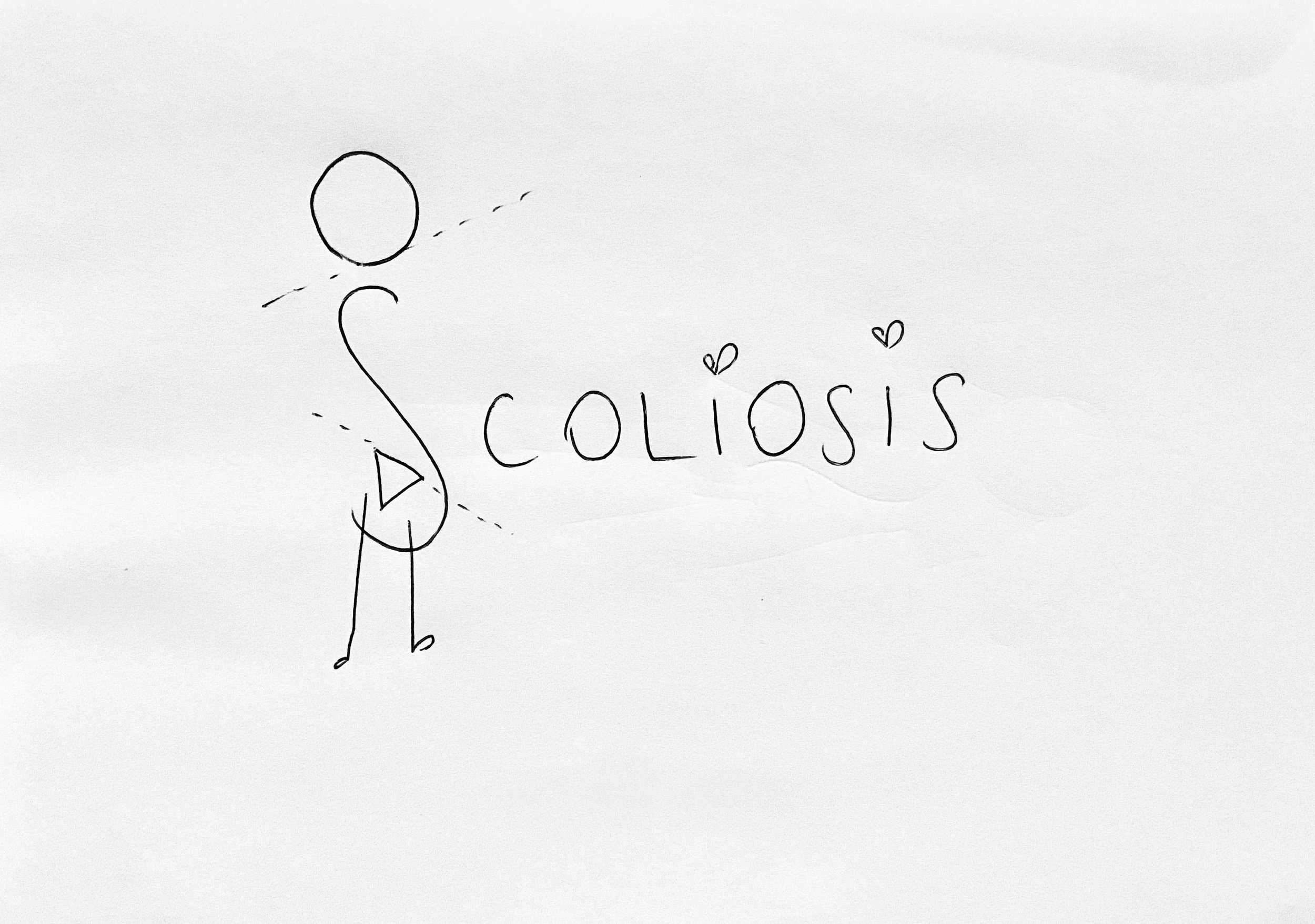Dry Needling
- what is dry needling?
- benefits of dry needling
- does dry needling hurt?
- physical therapy
- dry needling vs acupucture
Nomad Chiropractic: A Natural Solution for Sciatica and Lower Back Pain
Evaluate your performance like the pros!
Primitive Reflex - Home Care Advice (Baby Milestones)
Understanding Retained Primitive Reflexes: What Parents Need to Know
neurodevelopment
primitive reflexes - when they’re important to have…
and when it’s important for them to integrate…
At Nomad Chiropractic, we believe that understanding your child’s development is key to ensuring their best possible health and well-being. One important aspect of this development is the role of primitive reflexes—those automatic movements that are critical for a baby’s growth and functioning.
What Are Primitive Reflexes?
Primitive reflexes are involuntary movements that are present at birth and typically integrate as a child develops. They play a crucial role in a baby’s early physical and neurological development, helping them to learn about their body and their environment. Examples of these reflexes include the Moro reflex (startle response), rooting reflex (turning the head when the cheek is stroked), and the grasp reflex (fingers automatically clasping when something touches the palm).
Importance of Primitive Reflexes for Babies
Primitive reflexes are essential for several reasons:
Neurological Development: They support the development of higher brain functions and coordination. They are for survival - cruicual for feeding etc so we really need them to be active and symmetrical.
Motor Skills: The integration of these reflexes enables babies to gain control over their movements, paving the way for skills like crawling and walking.
Sensory Exploration: They encourage exploration and interaction with their surroundings, a fundamental part of early development.
How Do Primitive Reflexes Present in Babies?
In healthy infants, primitive reflexes are exhibited as natural responses to stimuli. For example, when you touch a baby's cheek, they may turn their head toward the touch, seeking the breast or bottle. These reflexes are critical indicators of neurological health during infancy.
What Happens If Primitive Reflexes Are Not Present or Are Asymmetrical?
If primitive reflexes are underdeveloped, absent, or asymmetrical, it may indicate delays in neurological development. This can interfere with a child’s ability to achieve important developmental milestones. For example:
Absence of Reflexes: This could suggest neurological issues or developmental delays that may require professional evaluation.
Asymmetrical Reflexes: If one side of the body demonstrates reflexes differently than the other, it could indicate underlying motor control issues or tension in the nervous system.
Next Steps If Your Baby Doesn't Have Proper Primitive Reflex Activation
If you notice that your baby is not demonstrating the expected primitive reflexes, it’s important to consult with a healthcare provider familiar with child development. Early assessment and intervention can help address any developmental concerns, ensuring your child receives the support they need.
What Happens If Primitive Reflexes Don’t Integrate?
When primitive reflexes do not integrate, they can persist into later childhood, leading to various challenges such as:
Emotional and Behavioral Issues: Children may exhibit anxiety, difficulty focusing, or be easily overwhelmed.
Balance and Coordination Problems: They might struggle with sports, riding a bike, or even basic movements like running and jumping.
Social Interaction Difficulties: Retained reflexes can make it harder for kids to engage with their peers effectively.
Presentation in School-Aged Children
As children grow, retained primitive reflexes can manifest in:
Learning Difficulties: Trouble with reading, writing, or math can arise from coordination and focus issues.
Emotional Dysregulation: They may have a heightened startle reaction, intense emotional responses, or trouble managing frustration.
Physical Challenges: Problems with motor skills such as handwriting or sports can indicate dysfunctional reflexes.
Home Care Advice for Families
Supporting your child’s development is crucial. Here are some home care strategies that might help:
Encourage Movement: Activities such as crawling, climbing, and playing on uneven surfaces can help integrate reflexes.
Sensory Play: Engaging in sensory-rich activities can stimulate the nervous system and promote development.
Physical Exercises: Incorporating balance exercises, like standing on one foot or walking heel-to-toe, can enhance coordination and integration.
How Chiropractic Care Can Help
Chiropractic care focuses on optimizing the nervous system and addressing structural imbalances. For children with retained primitive reflexes, chiropractic adjustments may help:
Improve Nervous System Function: Chiropractic care can support the body's innate ability to heal and develop. Movement is key - if there is joint restriction then it can impact brain stimulation so we locate and make age appropriate adjustments to spinal levels that are restricted in movement.
Enhance Mobility: Gentle adjustments can remove subluxations (nerve interference), relieve tension and promote better coordination and balance.
Support Emotional Well-being: Addressing physical stressors; and assisting integration of retained primitive reflexes, can lead to improved emotional regulation and behaviour.
At Nomad Chiropractic, we often recommend specific exercises and activities that you can do at home alongside professional chiropractic care to further support your child’s development.
Conclusion
Understanding retained primitive reflexes is crucial for fostering your child's development. If you have concerns about your baby's reflexes or their integration, don’t hesitate to reach out to a healthcare professional. At Nomad Chiropractic, we are here to help you navigate this journey, providing targeted care and support for your family's health and well-being.
ABC - Advanced BioStructural Correction
Lower Back Pain Stretches
Lower Back Pain Stretches | Dynamic & Static
The Difference Between Dynamic and Static Stretches for Lower Back Pain Relief?
What Are Dynamic Stretches?Examples of Effective Dynamic Stretches for Lower Back Pain
The Role of Static Stretches in Pain Management
Effective Static Stretches for Lower Back Pain Relief.
When to Use Static Stretches?
Integrating Both Stretching Types for Lower Back Pain Relief.
What is Sciatica, What Stretches Can I Do for It, and How Would a Chiropractor Help?
Back Pain Fact Sheet
What exactly is scoliosis & what does it mean for your body
What is Adolescent Idiopathic Scoliosis? And should you have your child screened?
Adolescent Idiopathic Scoliosis
What is Adolescent Idiopathic Scoliosis
Why should you have your child screened?
What will a Chiropractor due if they find a scoliosis?
Idiopathic is the cause in 75% of cases of scoliosis and often occurs in adolescence.
What are the Risk Factors for idiopathic scoliosis?
What to look for in your child which may indicate they should be screen for scoliosis
A Chiropractors TOP TIPS for raising WELL KIDS
The Basis of SOT (Sacro Occipital Technique)
We at Nomad Chiropractic utilise a few different chiropractic techniques within our clinic but all 3 of us are trained in Sacro Occipital Technique… Chiropractic is far more than just a bone out of place. It’s a holistic approach to your overall health using your spine as the window to your nervous system health.
So what does that mean? …. Click to learn ‘The Basis of S.O.T’
The Breakthrough Research All Women Need to Know About
Mini-Mos Fun Run! June 18th 2023
Headaches and your Pregnancy
TYPES OF HEADACHES
Are you tired of Headaches Holding you Back?
SPINAL HEALTH WEEK! 22-28 MAY 2023
Migraine and tension-type headaches are the most prevalent headache disorders, both with disabling potential having the greatest impact on public health. With more than 7 million Australians suffering from debilitating tension headaches and more than 4.9 million suffering chronic migraine.
Read on for information on headache/migraine types and what you can do about it!….
Frozen Shoulder / Adhesive Capsulitis
Why is muscle tone so important in children?
Muscle tone is the indicator of effective development in our children.
Muscle tone helps with confidence and ability with skills that require balance, coordination and proprioception.
Muscle tone supports posture/alignment, which helps with proper biomechanics of the body/joints.
Good muscle tone in early months and years of life is crucial in the development of the lower limbs
Join Mosman Chiropractors for the full discussion…













